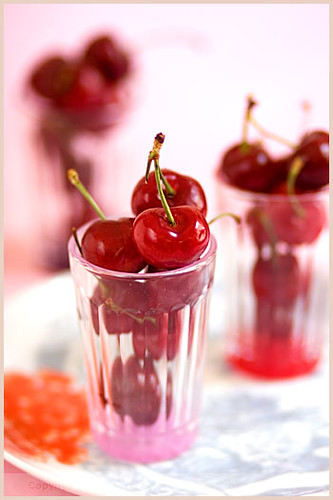
Because this exercise will cost me some time, I've chosen to do it before exercise 8. I can use my Sunday afternoon to read and compose. Exercise 8. will follow!
Having read about my colleagues' disenchantment with reading items written in English, I'm reluctant to write a lot about my vision of Web 2.0 but I'm afraid it would take me far too much time to compose something in Dutch.
How and where can web logs be used?
I do think that web logs can be (and are increasingly being) used by libraries, both internally, by the library professionals and externally, as a means of relaying information to the library users and receiving feed back from them.
Internally, we can use the web log to improve communication between colleagues, particularly as many of the staff work on a part time basis. This is not only relevant for those in management, who can use it to exchange information with fellow professionals but also for myself and the other administrative staff within the library.
For example, the log book which we use at the issue desk could be digitalised and become an "uitleen weblog," to which we could all add current information as we go along.We could have a section on "Tips en Trucs met de klant,"(as long as only we can read it!) which we usually discuss at meetings. Any 'storingen' or 'aanpassingen' in BICAT could be added too. It would need to have a manager though.
Another aspect of internal use could be of a more personal nature, paying attention to birthdays or brainstorming ideas for our 'Dagje uit.'
Externally,we can provide our users with the most up to date information. The staff on the Information desk will benefit from keeping a blog with current RSS feeds, links to websites and wiki's, not to mention ebooks and ejournals.
The individual subject librarians will be able to use a web log for marketing our library events and resources. They can use the Photo' editors for making announcements and recording events, as has just been shown by Loesje's slide presentation of last year's 'Kinderboekenweekfeest.'
We will need to keep up to date with all aspects of copyright and privacy though.
Finally, I think that the Children's library is perhaps the area in which the web log can be used most effectively. I've previously been sceptical about the 'Google generation,' believing that computers are interfering with children's ability to develop core skills such as reading and writing but I have to accept that children respond well to computers. They see them as,'cool' and as Penny Garrod writes in her article,
"Web logs: Do they belong in libraries?"'Web logging in a controlled environment can provide young people with a safe, shared web space in which to develop writing skills and share experiences.' This is how they are being used in schools and we could use a web log for children to write book reviews and to recommend books to each other. Children could have creative blogs where they compose poems together(as Michael Rosen has encouraged in the U.K)
Penny Garrod concludes her article,
'Web logs can, and should be , fun- which is perhaps why they appeal to children and are being used by children's libraries.'
The photo' is from Flickr, 'Kids using the computer by San Jose library.'

 Diagram by Yes!AndSpace on Flickr.
Diagram by Yes!AndSpace on Flickr.

 I planned to spend an hour this afternoon looking at the different image generators. I started playing with badges on Web 2.0 badges and I logged into Picnik using the 23Dingen password. However, in the end I opted for the simplest exercise again and visited Fotoaanpassen.nl. In the theme of next week's Book week, I chose to play with a couple of photo's of sparrows and decorated them with an "original?" text!! Looking for the photo's was time consuming, there are 125,654 photo's of sparrows on Flickr, including quite a few of Nieuw-Zeeland fan's friend Johnny Depp in his famous role. Customising the photo's was fun though. I then saved them onto a paint document before publishing them on my blog. The little fella above is "House sparrow" by Marco K. and the "3,000 sparrows," below are by philliefan99.
I planned to spend an hour this afternoon looking at the different image generators. I started playing with badges on Web 2.0 badges and I logged into Picnik using the 23Dingen password. However, in the end I opted for the simplest exercise again and visited Fotoaanpassen.nl. In the theme of next week's Book week, I chose to play with a couple of photo's of sparrows and decorated them with an "original?" text!! Looking for the photo's was time consuming, there are 125,654 photo's of sparrows on Flickr, including quite a few of Nieuw-Zeeland fan's friend Johnny Depp in his famous role. Customising the photo's was fun though. I then saved them onto a paint document before publishing them on my blog. The little fella above is "House sparrow" by Marco K. and the "3,000 sparrows," below are by philliefan99.
